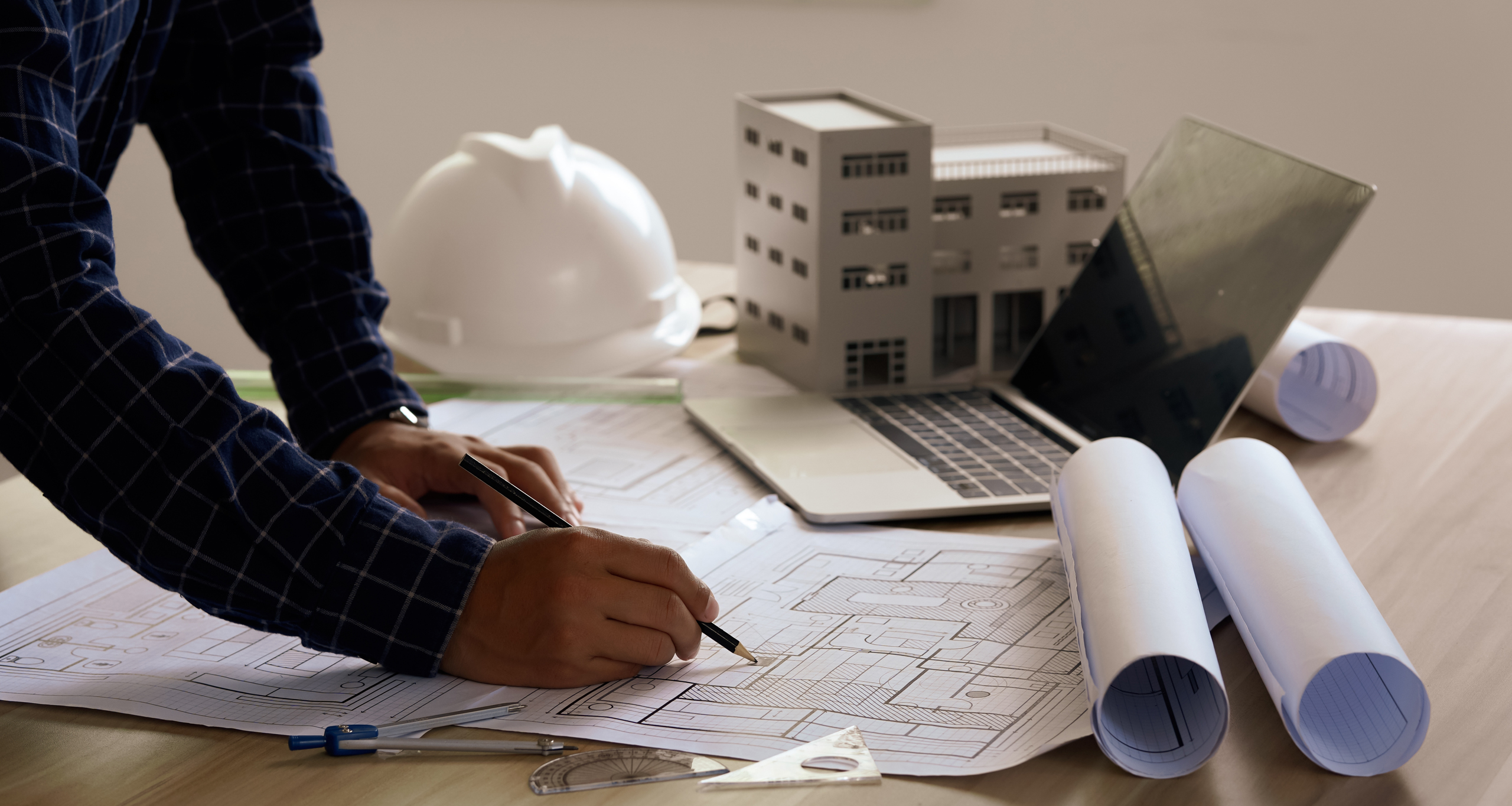Profile of the Instructor
 Dr. Iyer Vijayalaxmi Kasinath
Dr. Iyer Vijayalaxmi Kasinath is an architect who has completed her Ph.D. as an AICTE QIP Scholar and her Higher Research as an Erasmus Mundus Fellow for Academic Profile, from the Politechnico di Milano in the area of ‘Smart Materials and Nano technology in the Construction Industry’. She has over 28 years of experience in teaching architecture and specializes in Sustainable Built Environment and Climate Responsive Architecture. She is currently the Professor in the Department of Architecture at the School of Planning and Architecture, Vijayawada and the former Head of the Dept. and Dean (Research) there. She has completed funded research projects sponsored by the Government of India, and has published many technical papers in peer-reviewed blind refereed international journals and Scopus indexed books by reputed publishers. She has Authored Scopus indexed Book titled ‘Building Thermal Performance and Sustainability’, and ‘Embodied and Operational Carbon in Buildings’, Springer Publications, Singapore. She has also edited three Scopus indexed book by Springer Publications, Singapore. She has a Patent Published awaiting examination.
 Dr. Iyer Vijayalaxmi Kasinath is an architect who has completed her Ph.D. as an AICTE QIP Scholar and her Higher Research as an Erasmus Mundus Fellow for Academic Profile, from the Politechnico di Milano in the area of ‘Smart Materials and Nano technology in the Construction Industry’. She has over 28 years of experience in teaching architecture and specializes in Sustainable Built Environment and Climate Responsive Architecture. She is currently the Professor in the Department of Architecture at the School of Planning and Architecture, Vijayawada and the former Head of the Dept. and Dean (Research) there. She has completed funded research projects sponsored by the Government of India, and has published many technical papers in peer-reviewed blind refereed international journals and Scopus indexed books by reputed publishers. She has Authored Scopus indexed Book titled ‘Building Thermal Performance and Sustainability’, and ‘Embodied and Operational Carbon in Buildings’, Springer Publications, Singapore. She has also edited three Scopus indexed book by Springer Publications, Singapore. She has a Patent Published awaiting examination.
Dr. Iyer Vijayalaxmi Kasinath is an architect who has completed her Ph.D. as an AICTE QIP Scholar and her Higher Research as an Erasmus Mundus Fellow for Academic Profile, from the Politechnico di Milano in the area of ‘Smart Materials and Nano technology in the Construction Industry’. She has over 28 years of experience in teaching architecture and specializes in Sustainable Built Environment and Climate Responsive Architecture. She is currently the Professor in the Department of Architecture at the School of Planning and Architecture, Vijayawada and the former Head of the Dept. and Dean (Research) there. She has completed funded research projects sponsored by the Government of India, and has published many technical papers in peer-reviewed blind refereed international journals and Scopus indexed books by reputed publishers. She has Authored Scopus indexed Book titled ‘Building Thermal Performance and Sustainability’, and ‘Embodied and Operational Carbon in Buildings’, Springer Publications, Singapore. She has also edited three Scopus indexed book by Springer Publications, Singapore. She has a Patent Published awaiting examination. 


Reviews
There are no reviews yet.